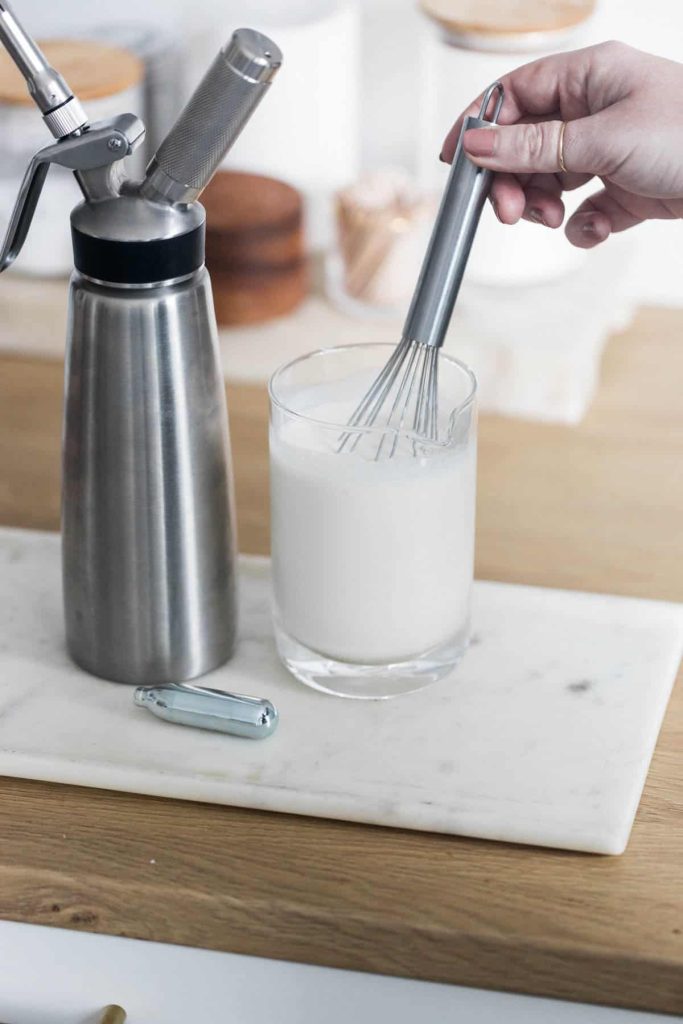Whipped cream is a beloved topping for a variety of desserts and beverages, and its delightful texture and taste can be attributed to a fascinating interplay of culinary art and scientific principles, particularly when it comes to the use of pressure regulators in whipped cream dispensers. At the heart of this process lies the science of gases, pressure, and the emulsification of ingredients. Whipped cream is created by incorporating air into heavy cream, which is primarily composed of fat, water, and some proteins. When the cream is whipped, the mechanical action introduces air into the mixture, creating a network of fat molecules that trap air bubbles, resulting in the light, airy texture that defines whipped cream. The role of pressure regulators in this process cannot be overstated. These devices are crucial for maintaining the optimal pressure required to whip the cream efficiently while also ensuring the safety and functionality of the whipped cream dispenser.

A pressure regulator controls the flow of gas into the canister, allowing for a consistent and controlled release of nitrous oxide (N₂O) or carbon dioxide (CO₂), which serves as a propellant. These gases dissolve in the liquid cream under pressure, creating a stable foam once the pressure is released. When the nozzle of the dispenser is pressed, the pressure inside the canister drops, allowing the dissolved gas to come out of solution and form bubbles in the cream, expanding its volume and lightening its texture. The science behind pressure regulators involves the principles of thermodynamics and fluid dynamics. When the gas is dissolved in the liquid cream, the system is at equilibrium, but the release of pressure causes the gas to expand rapidly. The rapid expansion leads to a cooling effect, which can be observed as the cream may feel cold to the touch during dispensing. This is due to the Joule-Thomson effect, where the temperature of a gas drops when it expands rapidly without performing external work. This cooling effect also helps maintain the stability of the whipped cream by preventing it from melting or becoming overly soft during the whipping process.
Moreover, the selection of the appropriate type of gas is essential for achieving the desired characteristics in whip it recipes. Nitrous oxide, commonly used in whipped cream dispensers, not only acts as a propellant but also contributes to the flavor, giving whipped cream a slightly sweet taste. In contrast, carbon dioxide can lead to a more acidic flavor profile, which may not be as desirable for traditional whipped cream applications. The pressure regulator ensures that the correct amount of gas is introduced into the cream, optimizing its texture and flavor. In conclusion, the science behind whipped cream perfection is a complex interplay of culinary techniques and physical principles, with pressure regulators playing a pivotal role in achieving the ideal whipped cream consistency. By controlling the pressure and ensuring a stable emulsion of fat and air, these devices allow for the creation of fluffy, flavorful whipped cream that enhances desserts and drinks alike. Understanding the mechanics behind this process not only elevates the culinary experience but also provides insight into the fascinating science that underlies everyday kitchen practices.
